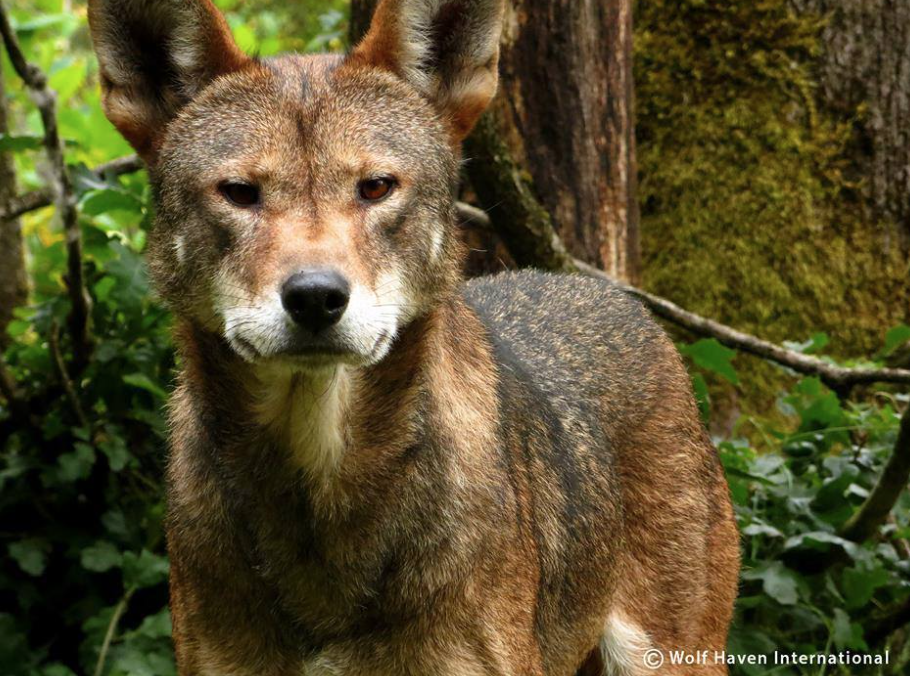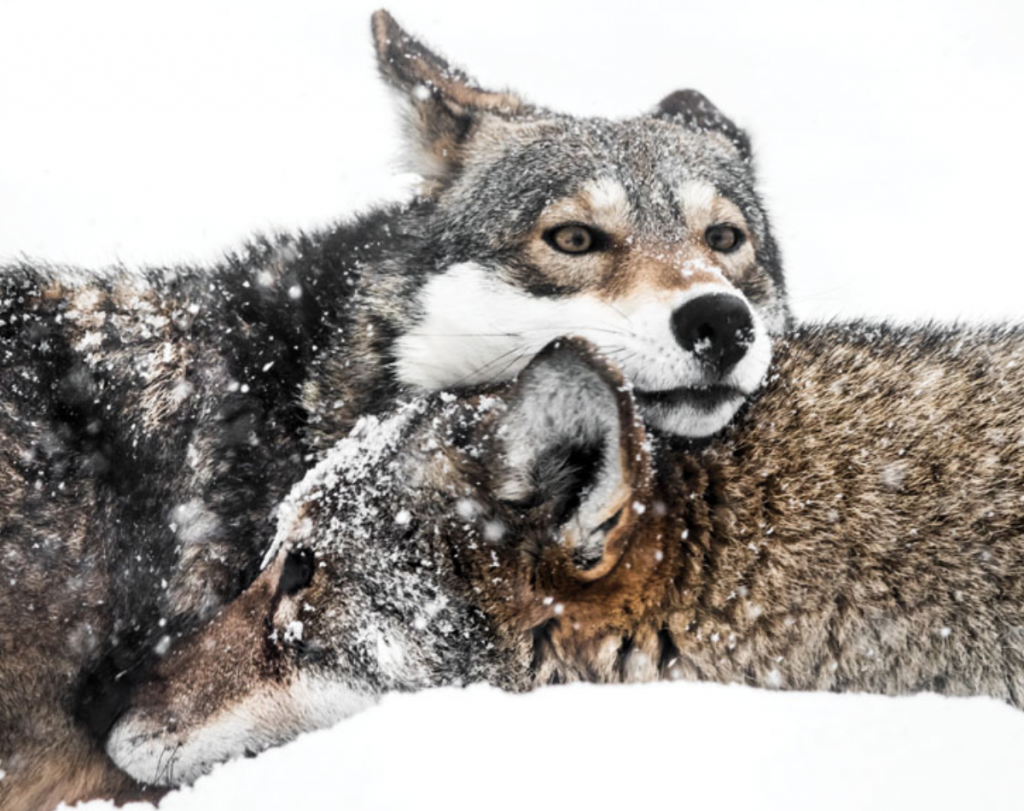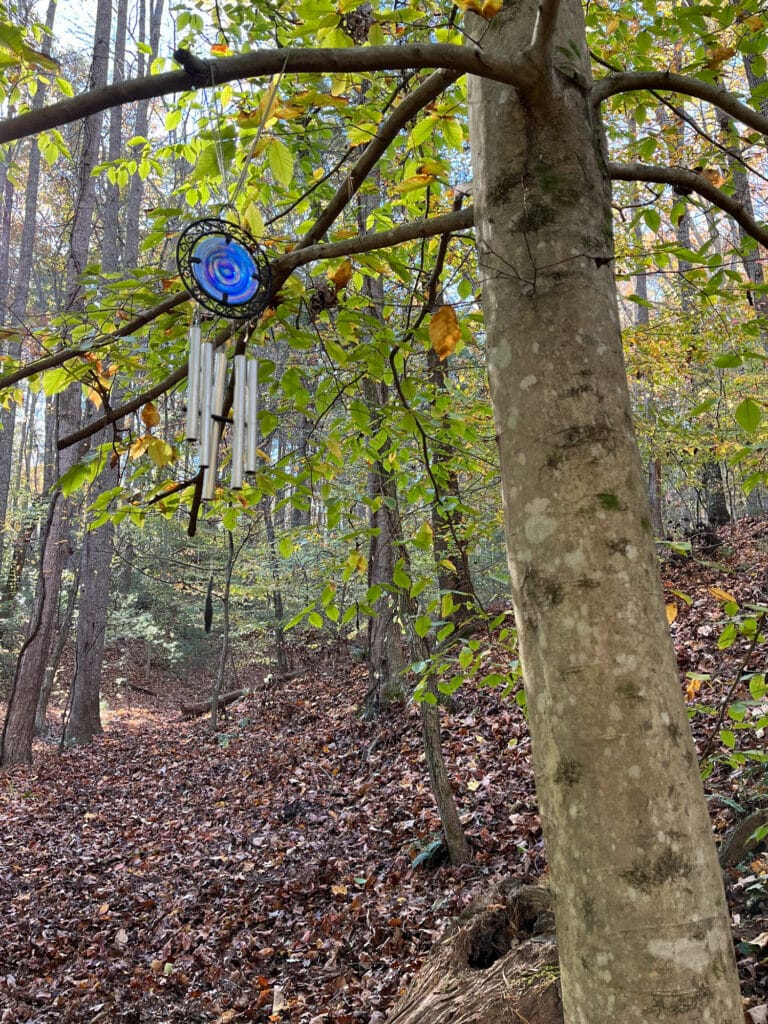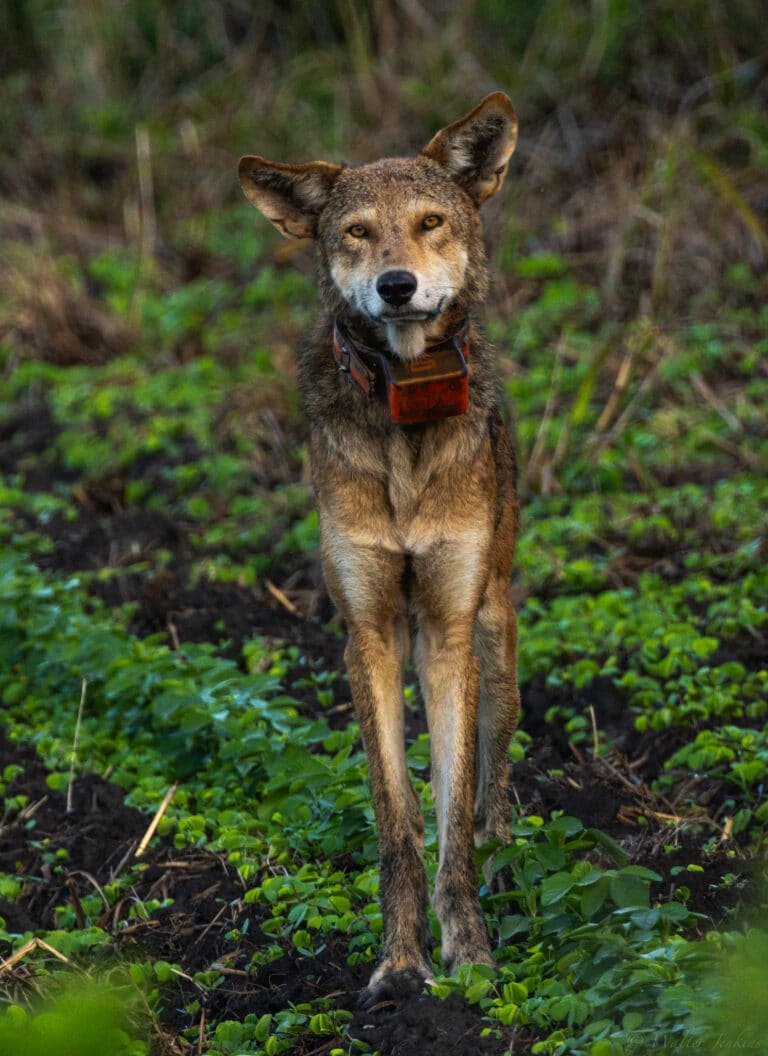Photo Courtesy of Wolf Haven International
At one time the howl of the red wolf could be heard all along the eastern seaboard, throughout most of the Appalachian Mountains, and well into the plains of central Texas.
But today there are less than 75 of these animals existing in the wild, and those that remain have been consigned to a small swampy portion of eastern North Carolina. This dwindling population has suffered mightily at the hands of hunters in recent years—many of whom claim to feel threatened by the wolf’s role in the local ecosystem.
But the red wolf is also being threatened by the mismanagement and outdated policies of a state funded agency charged with protecting North Carolina’s treasured wildlife species.
In a disturbing turn of events, the North Carolina Wildlife Resources Commission, which has done little to nothing to protect the red wolf since it was reintroduced to the Alligator River National Wildlife Refuge back in 1987, has asked the federal government to terminate its red wolf reintroduction program, a move that would essentially pull the plug on a species that is barely clinging to existence.
So far the feds have not caved to the requests of the state. They are still protecting red wolves, but they have temporarily suspended their reintroduction efforts while they reevaluate the data from the program to make sure their practices are effective.
This isn’t the first time that USFWS has been forced to reevaluate the red wolf’s status. Twice before the red wolf’s status has been challenged, and twice before the feds have affirmed that the red wolf is a separate species and in need of protection.
“This is an unprecedented action in terms of a state trying to assume the authority over the fate of an endangered species,” Derb Carter of the Southern Environmental Law Center told National Geographic.
“And the United States Fish and Wildlife Service has to decide now whether their mission is to appease a state fish and game agency or to provide for the recovery of a critically endangered species that has been entrusted to them under the federal Endanger Species Act.”
Are you passionate about the protection and restoration of the world’s last remaining red wolves? Would you like to to see them reintroduced to other parts of the country, perhaps the Southern Appalachian Mountains, where they could thrive for generations to come? Let legislators and federal wildlife officials know where you stand by filling out this quick survey at WildSouth.org









